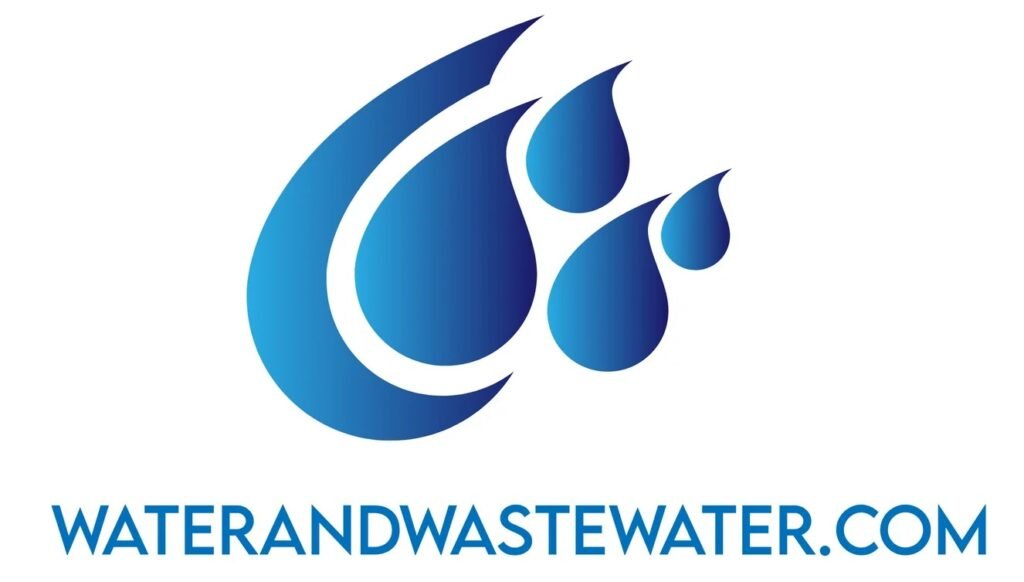
Tag: methods
The Dawn of UV Disinfection Systems: Harnessing Light for Health and Safety In recent years, restoring cleanliness and ensuring safety in public and private spaces has been paramount. Among the arsenal of technologies available to achieve this, Ultraviolet (UV) disinfection systems have emerged as a vital force. These systems, employing the germicidal power of […]
Understanding Dechlorination Systems: An In-Depth Exploration Chlorine is widely used across various industries, particularly in water treatment processes, due to its potent disinfectant properties. However, the need for dechlorination — the removal of chlorine from water — arises from several environmental and industrial concerns. This article delves into the intricate world of dechlorination systems, […]
Ozonation is a powerful method for cleaning wastewater. This process uses ozone gas to break down harmful substances in water. Ozonation can remove many pollutants that other treatment methods miss, making water safer and cleaner. Wastewater treatment plants use ozonation to tackle tough contaminants. The process works well on chemicals, bacteria, and even some toxins […]
Wastewater treatment is a vital process for protecting our environment and public health. Chemical treatment plays a key role in cleaning up water that’s been contaminated by human activities. This method uses various chemicals to remove pollutants and harmful substances from wastewater before it’s released back into the environment. Chemical treatment of wastewater involves adding […]
Waste neutralization systems play a crucial role in protecting our environment from harmful industrial byproducts. These systems treat and neutralize toxic waste before it’s released into the environment, ensuring it meets safety standards. Proper waste neutralization helps prevent pollution, safeguards ecosystems, and promotes public health. Many industries use chemicals that create acidic or alkaline waste. […]
Sludge pumps play a crucial role in wastewater treatment processes. These specialized pumps move thick, semi-solid materials through various stages of treatment. They handle the challenging task of moving sludge, which contains a mix of water, organic matter, and contaminants. Activated sludge is a common method used in wastewater treatment plants to break down organic […]
Anoxic zone wastewater treatment is an important part of many modern water cleaning systems. This method uses areas with no oxygen to remove harmful chemicals from dirty water. It works together with other parts of the treatment process to make water safe and clean. Anoxic zones in wastewater plants help change nitrates into nitrogen gas, […]
Surface aerators play a crucial role in wastewater treatment. These devices inject oxygen into water, helping break down organic matter and pollutants. Surface aerators improve water quality by promoting the growth of beneficial bacteria that consume waste. Wastewater treatment plants use surface aerators to clean water before releasing it back into the environment. The process […]
COD stands for Chemical Oxygen Demand. It’s a key measure of water pollution in wastewater. COD shows how much oxygen is needed to break down organic matter in water. COD treatment is crucial for protecting the environment and meeting water quality standards. Treating COD in wastewater involves various methods. These can include physical, chemical, and […]
Ammonia is a common pollutant in wastewater that can harm aquatic life and the environment if left untreated. Effective ammonia treatment in wastewater is crucial for protecting water quality and meeting environmental regulations. Wastewater treatment plants use various methods to remove ammonia, including biological processes and advanced technologies. Ammonia enters wastewater from human waste, agricultural […]